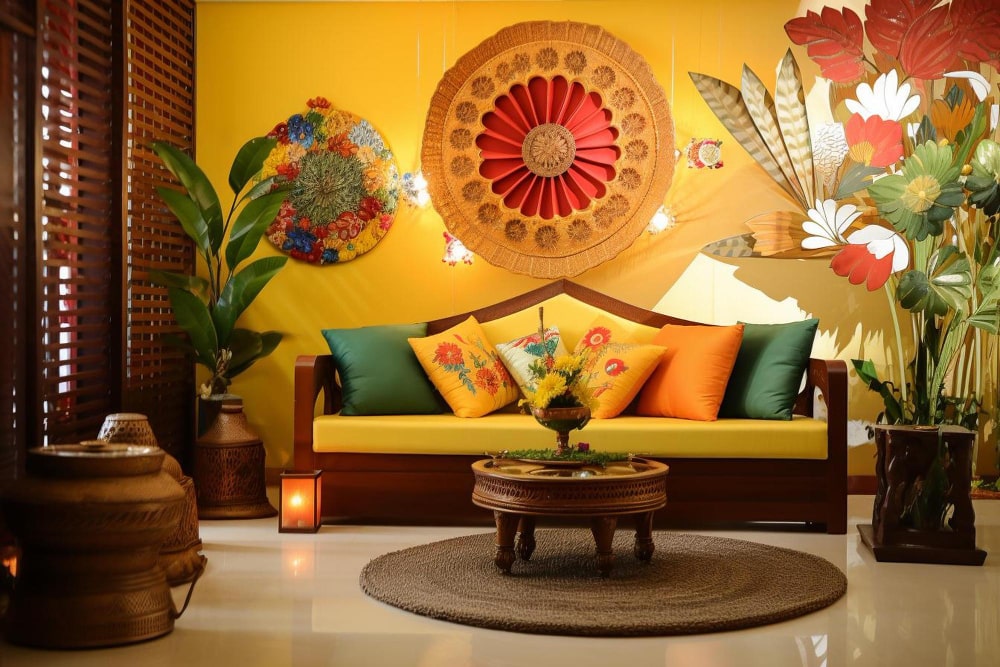The living room – the heart of the home – deserves a layout that fosters conversation, relaxation, and functionality. But arranging furniture in a way that feels both stylish and practical can be a daunting task. Fear not! With a few key considerations and some clever planning, you can transform your living room into a haven of comfort and flow. Websites like https://www.apartmenttherapy.com/collection/living-room offer a plethora of inspiration and tips for living room arrangements, showcasing layouts that cater to different needs and styles. Here are some essential tips to guide you through the process:
Assess Your Space and Needs:
Before rearranging the furniture, take a good look at your living room’s dimensions and layout. Consider the size and shape of the room, the location of windows and doors, and any architectural features like fireplaces or built-in shelves. Identify the primary function of your living room – is it a place for entertaining large groups, a cozy space for movie nights, or a combination of both? Understanding your needs will guide the furniture arrangement and ensure the space caters to your lifestyle.
Focal Point: The Center of Attention:
Every well-arranged living room needs a focal point. This could be a fireplace, a large piece of artwork, a stunning entertainment unit, or even a breathtaking view out a window. Arrange your furniture around the focal point, creating a sense of conversation and purpose within the space. Leave ample space in front of the focal point to avoid obstructing the view or hindering traffic flow.
Traffic Flow is Key:
Imagine yourself walking through the living room – is the movement fluid and comfortable, or do you find yourself constantly bumping into furniture? Traffic flow is crucial for a functional living room. Leave ample space between furniture pieces to allow for easy movement around the room. Aim for at least 3 feet of clearance between walkways and furniture to ensure a comfortable flow.
Seating Arrangements: Fostering Connection:
Seating is the heart of any living room. Arrange your seating to encourage conversation and interaction. For smaller spaces, consider a conversational setup with sofas and armchairs facing each other. In larger spaces, you can create multiple conversation areas with separate seating groups. Don’t forget about coffee tables – choose a size that allows everyone in the seating area to reach comfortably without feeling cramped.
Consider Furniture Scale and Balance:
Scale and balance are essential for a visually pleasing arrangement. Avoid overwhelming a small room with oversized furniture or making a large space feel empty with tiny pieces. Balance the scale of furniture by placing larger pieces like sofas against walls and grouping smaller pieces like armchairs and ottomans around them.
Define Zones for Different Activities:
If your living room serves multiple purposes, consider defining different zones for specific activities. An area rug can help define a reading nook or a play area for children. A tall plant or a strategically placed bookshelf can visually separate the living space from the dining area in an open-plan layout.
Embrace the Power of Rugs:
Area rugs are not just decorative elements; they can also play a crucial role in defining different zones within the living room and anchoring furniture arrangements. Choose a rug size that’s large enough to extend under the front legs of all the furniture in the seating area. This creates a sense of cohesion and visual unity.
Lighting for Ambiance and Functionality:
Lighting plays a vital role in setting the mood and creating a functional living space. Avoid relying solely on overhead lighting. Incorporate a combination of lighting options like floor lamps, table lamps, and sconces to create layers of light and highlight specific areas. Consider installing dimmer switches to adjust the lighting based on the activity and desired ambiance.
The Finishing Touches: Personalization and Comfort:
Once the furniture is arranged, focus on the finishing touches. Add throw pillows and blankets for texture and comfort. Personalize the space with artwork, photographs, or decorative objects that reflect your style. Don’t be afraid to experiment with different arrangements until you find a layout that feels both functional and aesthetically pleasing.
Conclusion:
Living room arrangements are not set in stone. Feel free to adjust and refine based on your needs and preferences. With these essential tips and a touch of creativity, you can transform your living room into a space that fosters conversation, relaxation, and reflects your unique style. Remember, the most important element is creating a space that feels comfortable and inviting for you and your loved ones.


